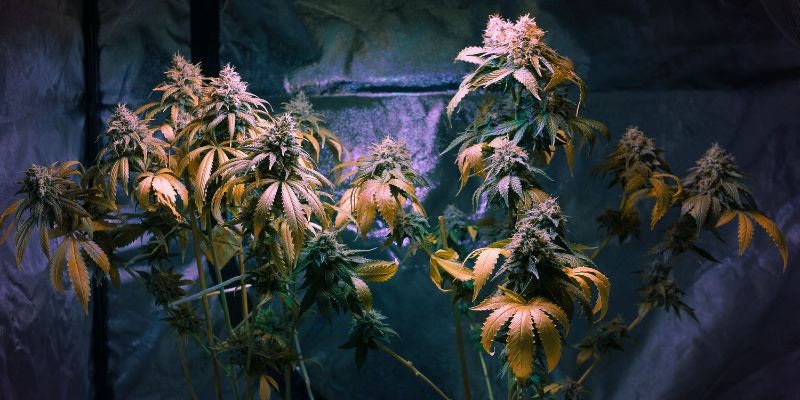Growing your own weed at home is an enjoyable and rewarding endeavor. Growing your own allows you to have complete control over growing conditions, the type of fertilizer used, lighting, water, air quality, and more. You can hand-pick your marijuana seeds and cannabis strain types and save a lot of money, whether growing for medicinal or recreational purposes.
Growing cannabis indoors allows you to grow all year round if you live in a climate with a short growing season. In addition to all other considerations that go into setting up your grow tent, make sure that you have a good ventilation system and carbon filters if you don’t want the whole neighborhood to know what your favorite hobby is.
What Are Carbon Filters?
If you’re growing cannabis at home, you probably already enjoy that sweet skunky smell, although your mother-in-law, landlord, or nosy neighbors may not. Carbon filters work wonders to control the smell of those tantalizing terpenes we know and love. Carbon filters are used in various air ventilation systems, such as furnaces and air conditioning units, to reduce the severity of unappealing orders.
The aromatic terpenes of cannabis give marijuana the taste and smell that we know and love, although if you don’t want your entire home to smell like a grow room, carbon filters can help keep your indoor grow private. Carbon filters reduce the severity of unpleasant odors by capturing contaminants on a molecular level and eliminating odor with activated carbon. Activated carbon filters work remarkably well to keep your indoor cannabis grow undercover.
How Carbon Filters Work
Activated carbon works with a process called adsorption, where the molecules in contaminated or odor-causing air adhere to the surface area and remove them from the air. Activated carbon is a highly porous material with an enhanced surface that effectively removes the terpene-rich odor from a cannabis grow tent or room. Activated carbon is also known as activated charcoal, and just 1 g possesses a huge surface area due to its porous structure. These pores are created through a process called activation, which involves heating the carbon to high temperatures in the presence of a gas such as steam or carbon dioxide. This causes the carbon to expand and create a large number of tiny pores and cavities. The surface area of activated carbon can be as high as 1000 square meters per gram, making it highly efficient at adsorbing (binding) various molecules and ions. This is why activated carbon is commonly used in applications such as water purification, air purification, and chemical purification.
How to Set up Carbon Filters in Your Grow Room
To make sure that all of the sweet smelly terpenes pass through your carbon filter, you have to create a vacuum in the grow space with exhaust fans. The fans should match the requirements of the carbon filter you are using and will pull the air through the device to scrub the smell before blowing out of your tent. Adequate suction allows for the activated carbon to do its job without any air leaking out of the sides. Home growers can direct the now odorless air out a ventilation shaft or window by installing duct work to the exhaust fan.
The best marijuana smells come from the best terpene-rich cannabis plants, which all start with high-quality cannabis seeds. Control the order with activated carbon filters and go for the gold with the best cannabis seeds for your grow room without worrying about the odor. Check out the Seed Bazaar today from Mosca Seeds for the best variety of all types of cannabis seeds and strains.
